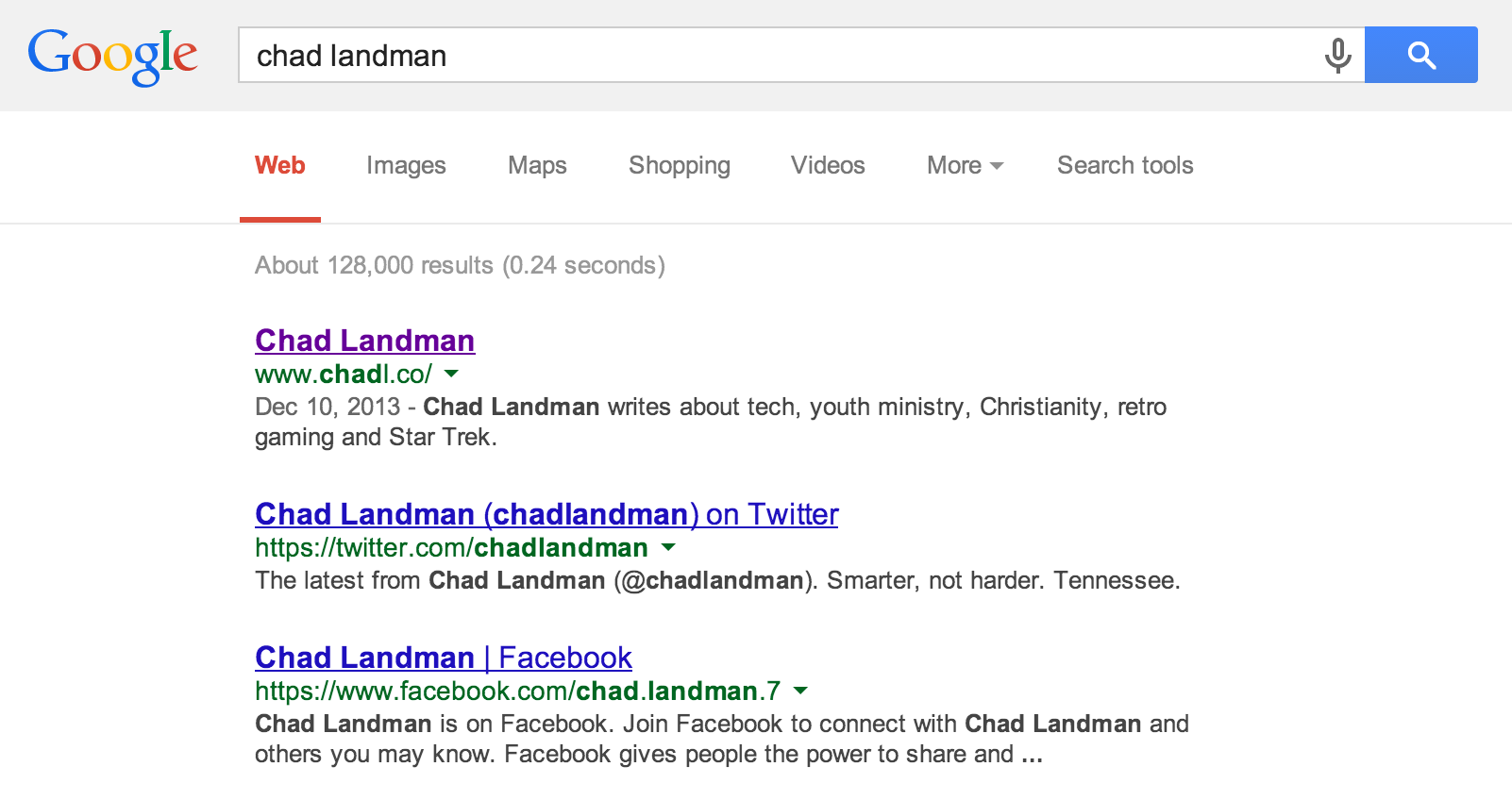One of the things God has blessed me with was the ability to know stuff about technology that most other people don't know. I don't say this because I'm an expert (because I'm not), I say this because every day I come across someone who surprises me with either their knowledge or lack thereof about technology.
I was fortunate enough to be able to attend the Youth Ministry Workshop at the Freed-Hardeman Lectureships this past week - and I was on the other side of the table. I know a lot of stuff about technology - maybe too much. But I learned about new ways of doing things, new apps, new ways to create apps - stuff I had literally never heard before.
So my new podcast I (re)started about 2 weeks ago is just that. It's about technology - both the tools we can use and the lessons we can learn from it in ministry. It's called Ministry Bits, and you don't have to go too far to listen.
There are lots of people in the ministry that you and I know that are good at a lot of different things. Some are good at graphics. Some are good at using technology to preach and teach. So how can we use their knowledge to make our ministries better? We can see how they did it.
If we want to be like Christ, we need to do the things he did. If we want to use technology effectively in our ministries, then we need to do the things that effective people do.
Ministry Bits is an attempt to cobble together all this knowledge into one weekly podcast, so that everyone can listen and benefit. We will have guests in the coming weeks talk about perspectives on technology in ministry, reading, writing, and teaching and preaching in ministry. I hope that you the listener will benefit greatly from their knowledge and experience. We'll have shows on apps, workflows, and gadgets to use in ministry.
Thank you in advance for supporting the new podcast. It's going to be a great ride.
You can check out Ministry Bits right here on the website, or you can subscribe with iTunes in your favorite podcast client for easy listening. Shows run 25-30 minutes, no more. Your time is valuable. If you have a request, a comment, or would even like to be on the show, give me a shout at chad.landman@gmail.com.




